I grew up in the United Kingdom. We don’t have many chances to engage with mammals in the wild there. Centuries of being shot on sight have understandably made the natives somewhat skittish. Fortunately for nature loving children there is one mammal that is bold, confident, active in daylight, cute, and best of all, is delighted to take food from your hand. That mammal is the divisive Eastern Grey Squirrel.
As a kid I loved seeing squirrels, and I took any opportunity to feed them. Some of my earliest memories of childhood holidays include hand feeding squirrels on sunflower seeds. Mum stood back, Dad showed us how to do it without getting bitten and my Nan squealed every time one of them got a little too close to her legs. Wonderful memories!
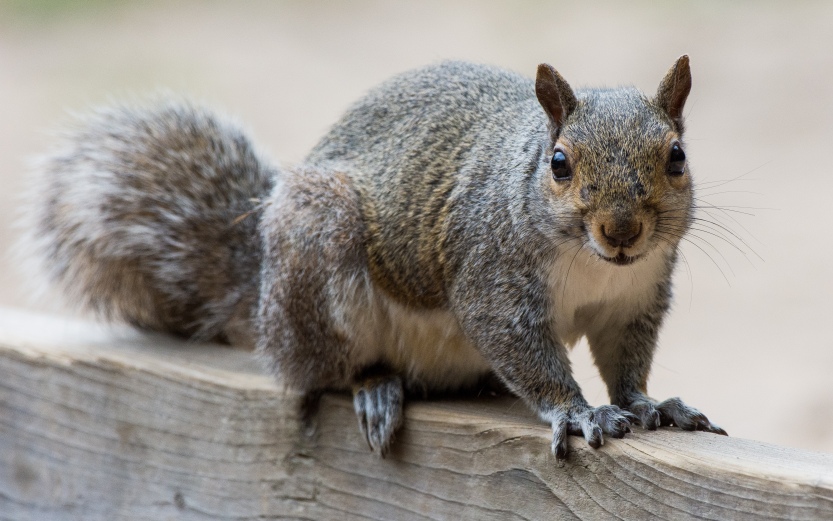
The Grey squirrel is the largest of Britain’s squirrels with a body length of up to 30 cm (11.8 inches). I have noticed that the urban squirrel appears to grow considerably larger, or maybe just fatter, than their country cousins. The squirrel has a trade mark bushy tail that makes us judge it against an entirely different set of standards to its close relative, the rat. This tail gives up to an additional 25 cm (9.8 inches) to the squirrel’s length.
This brush-tailed nut nibbler is common in British woodlands, but it is their presence in town parks and gardens that brings them together with humans. Grey squirrels understand that where there are people there is trash, and where there is trash there is food. Supplementing their natural nutty diet with discarded junk food, and being regular raiders of bird feeders, these animals thrive around people.
With a bushy tail and an engaging personality, Squirrels are charming animals and should be loved by all, but they are not. In fact, there are many naturalists who would cheerfully exterminate them entirely from Britain’s landscape.
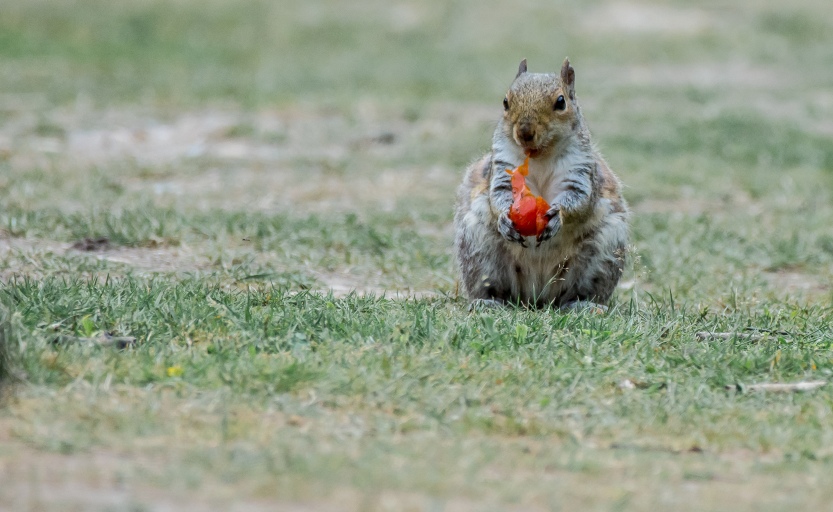
So, what is the problem?
Why are these adorable little rodents so divisive? The problem is that they are not native to Great Britain. This alone should not be the cause of such hatred, as many of Britain’s mammals, such as Brown hares, rabbits and the Edible door mouse are non-native. Not only are Grey squirrels invasive, they have taken over from Britain’s Red squirrels. The bigger, more aggressive Greys arrived in Britain from the East coast of America. They were introduced in the 1870s by English ‘gentlemen’ who thought that the Eastern Grey squirrel was a suitably exotic addition to their estates. The problem lies in what the squirrels brought with them; Squirrel Pox. It is this hidden passenger, which the Red squirrel had no immunity to, that caused the rapid decline of the Reds, and not just the aggressive nature of the Grey as previously thought.
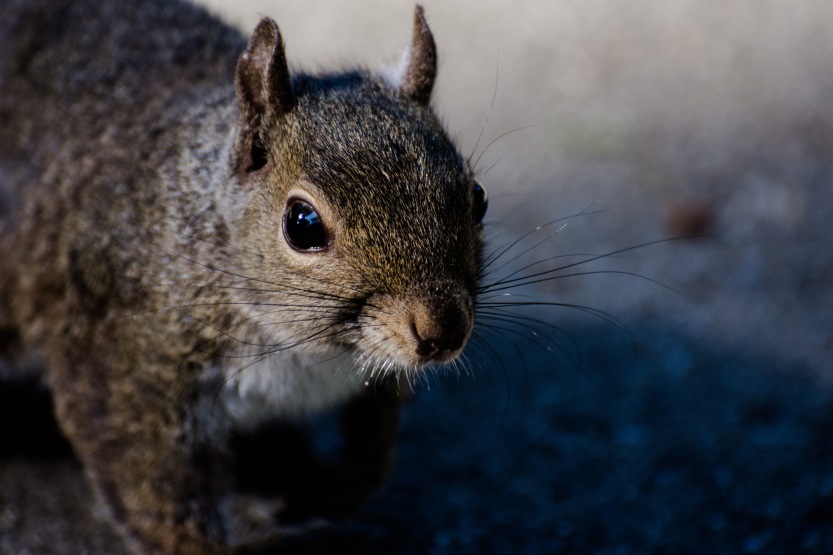
Fast forward circa 40 years and I now find myself living on the East Coast of North America. I am now the invasive species in the home of the Eastern Grey squirrel. Fall was upon us and the parks and gardens of New Jersey were in full Halloween decor. Some of the pumpkin patches were looking a little worse for wear. I was sat on one of the enormous orange globes when I was startled by a real Halloween fright. A prodigious rodent burst from a hole in the pumpkin alongside me, scrambling up a tree in a whirlwind of tail and claws. I swallowed my heart back down and caught my breath. My initial terror of the unexpected rodent action gave way to astonishment; the rodent was black. A squirrel that was jet black!
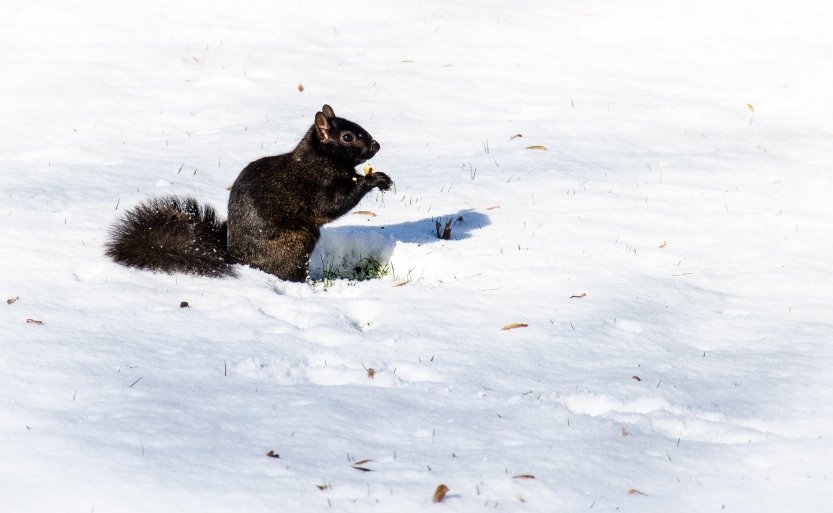
Sure enough, a little research revealed that the Eastern Grey has a black morph and that black morph is very common in the parks of New York and New Jersey. I have found the New York Botanical Gardens a particularly happy hunting ground for the this unusual colour phase.
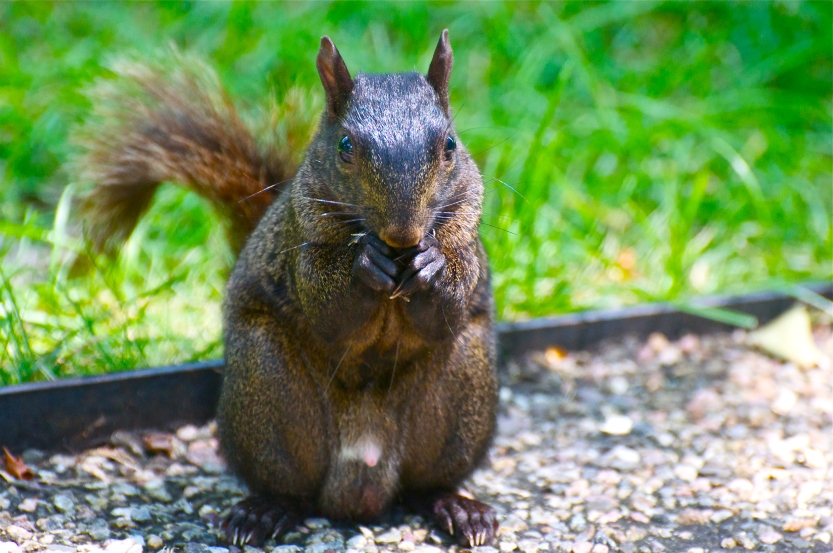
It gets cold in the North East of the United States. Really cold! Winter temperatures of minus 10 to minus 20 degrees Celsius (14 to minus 4 degrees Fahrenheit) are not uncommon in winter. Studies have shown that in temperatures of minus 10 the Eastern Grey Squirrel’s black morph shows an 18% reduction in heat loss compared to the Grey. This may explain why I seem to see it more active in the winter, and in larger numbers in Canada’s southern province of Ontario.
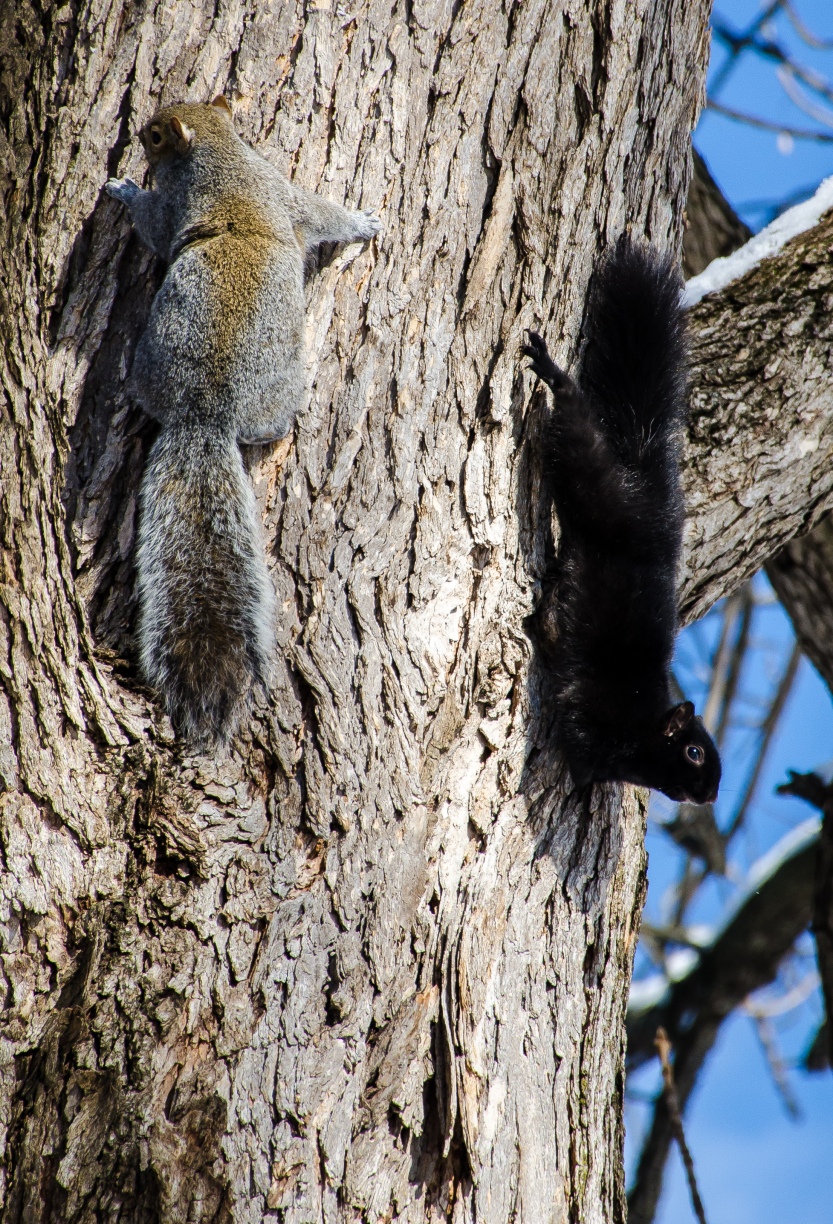
Back in Great Britain for a family visit I took my young son to walk the Gruffalo Trail in one of my old childhood haunts, Thorndon Country Park in Essex. This mixed evergreen and deciduous woodland is a hive of squirrel activity. These forest dwellers are noticeably smaller and more timid than New Jersey’s arrogant playground marauders that I watch mining for crumbs in unattended strollers. I can’t resist snapping some shots, and it occurred to me that I haven’t photographed a British squirrel since I was a very small child. Why do we so often look past our common wildlife? If squirrels were an endangered species I would hunt the forests of the land for a shot!
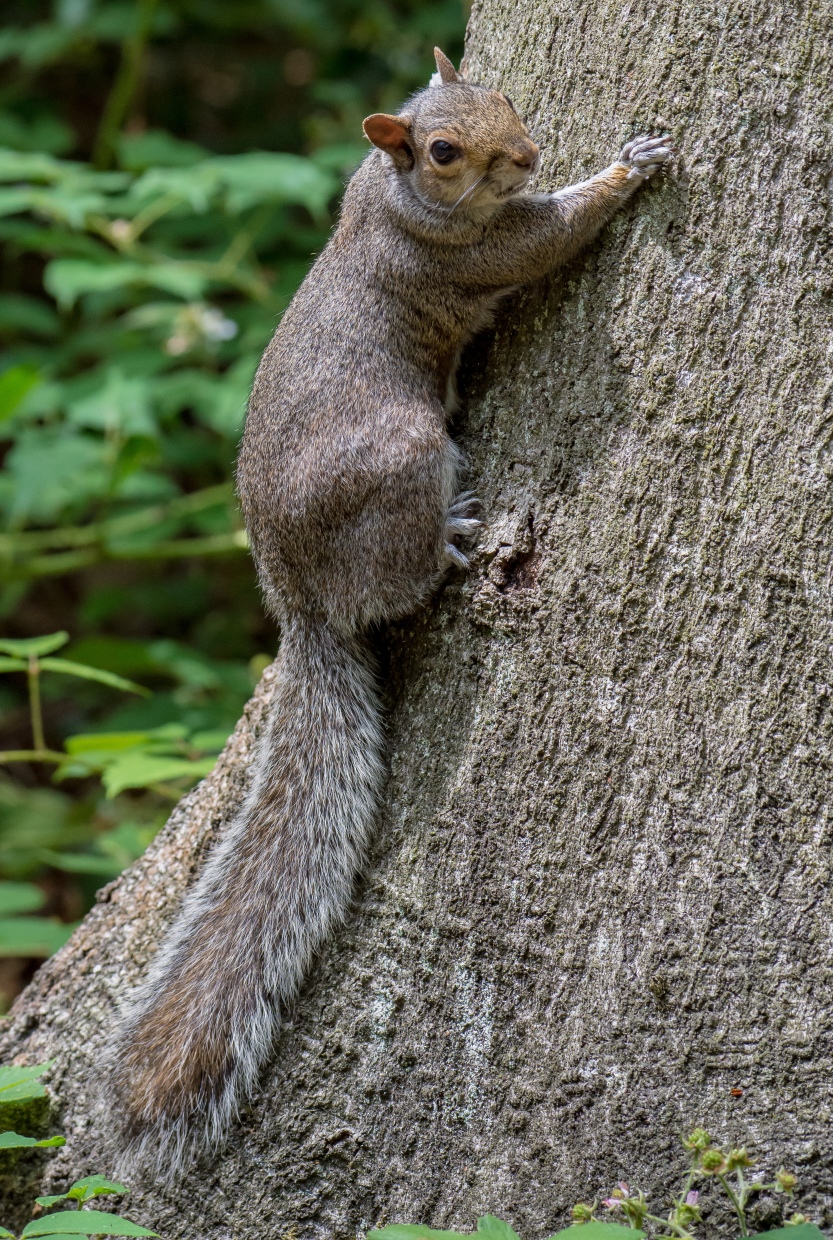
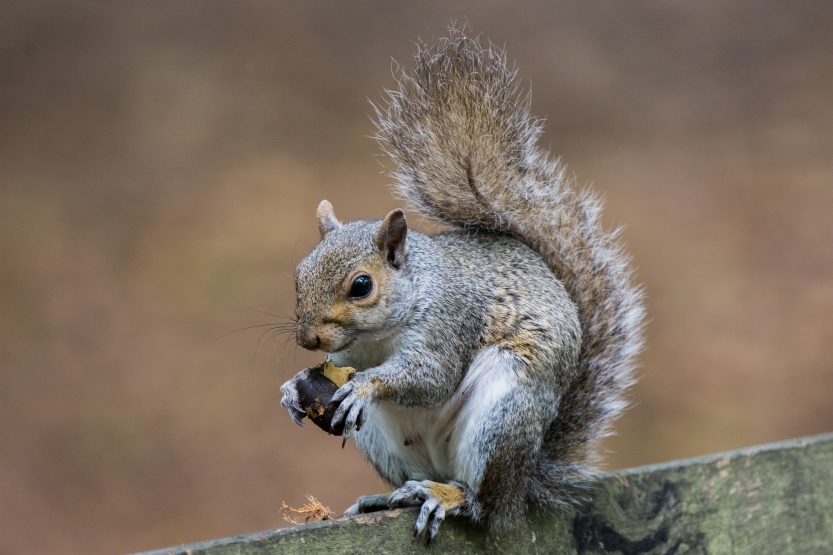
Love them or hate them, the Eastern Grey squirrel is part of our daily lives. They have made themselves successful in the city parks and gardens of North America and taken over the forests of Britain as well as the city parks. In a world that we have created that is heartbreakingly devoid of wildlife, the Grey squirrel is here to stay. We cannot undo our reckless tampering of the planet’s ecosystem, so I for one intend to keep enjoying the company of these audacious little survivors.
Join the conversation below. If you are reading this in a land invaded by Grey squirrels what are your thoughts on the matter? Should they be exterminated? What about their North American homeland, how do you feel about them? 👇👇👇
Connect others with wildlife by sharing this post on social media and, if you enjoyed this post, please follow Incidental Naturalist.
Categories: United Kingdom, USA
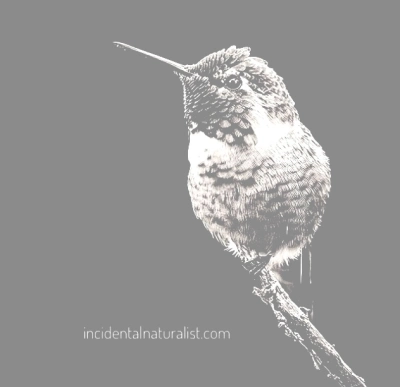


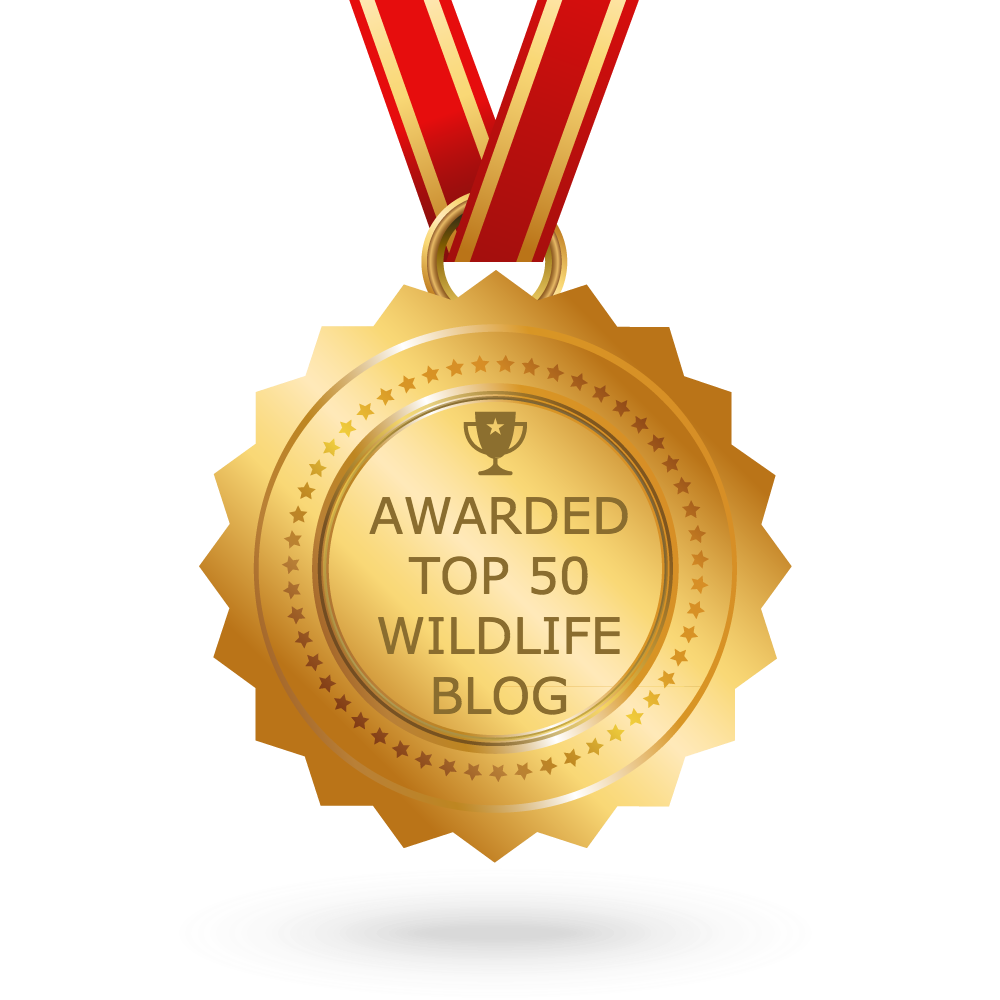

I love grey squirrels! 🙂 They’re such charismatic animals and as you say one of the first creatures that we can really get close to as a child. I once saw a black squirrel in Hitchin (Hertfordshire) and it turns out there’s a small population of sooty looking squirrels that have made that town their home – looking forward to spotting a red squirrel soon!
LikeLiked by 2 people
Oh that is very interesting, Lucy. I didn’t realise that the black Grey had established a colony in the UK. I have only seen one European Red and that was in Ireland. I’ve seen a few North American Reds in Canada. Less tufty on the ears.
LikeLike
Very interesting article. I loved it and often wondered what the difference was with the black squirrels.
LikeLiked by 1 person
Thank you! The black squirrels look so striking in the snow. I think they are fantastic! 🙂
LikeLike
I go to a university in Vancouver, BC, and our school is so populated with squirrels that we even have a Facebook page dedicated to them. Google tells me that we have a mix of red, grey, and Douglas. Huh.
LikeLiked by 1 person
Ha, a Facebook page dedicated the squirrels. Rightly so! Who maintains it? 😊 I didn’t know about the Douglas squirrel. Shame on me, because I should have researched them before I visited Vancouver Island. Thanks for reading and taking the time to comment!
LikeLiked by 1 person
For your curiosity: https://www.facebook.com/squirrelsofubc/
I remember learning about the different species of squirrels in high school science class, but honestly, I think most of the squirrels I run into are grey ones. As you said, stronger and more aggressive?
LikeLiked by 1 person
Ha! 7k followers! Love the header of the black squirrel 😃
LikeLiked by 1 person
This is fascinating — I’ve never seen a grey squirrel in the U.K., so I had no idea they were such a problem. But even here in the northern U.S. where they’re native they’re still unwanted in some places, because they really can be destructive (they chew electrical wires and such). I think they’re wonderful, though, and marvel at their agility, adaptability, and antics. Your photos are exceptional, by the way!
LikeLiked by 2 people
Hey Heide, thanks for your very kind words! It is true that there isn’t much that a squirrel can’t chew through, but I’m sure they think the same about us humans pests chain-sawing their forests down. I agree, they are wonderful!
LikeLiked by 1 person
Yes, indeed … more than once I’ve been horrified to see a tree taken down that has several “squirrel condos” in it. Fortunately they have a lot less furniture to replace than humans do, and are much more adaptable too. 🙂 Thank you again for this charming and fascinating post!
LikeLiked by 1 person
I agree with your views on the greys in the U.K. – I spent an afternoon in a photographic bird hide recently and found the other photographers attempting to shoe any appearance of squirrel away. It wasn’t until after they departed the hide that I took my best and most endearing shots of the afternoon (and a squirrel got a good, undisturbed fill of food as well). They are not as striking as the native reds for me but often have a lot more personality, and it seems harsh to blame them for the decline of the reds when there is nothing intentional about their impact.
LikeLiked by 3 people
Thank you for the thoughtful comment regarding the Grey in Britain. It is a tough situation. I’d love to see our forests hopping with Red squirrels and I applaud the efforts to bring them back. I hope we can find a time when there is room for both on our cramped little island, rather than speeding towards a concrete reality where there is room for neither.
LikeLiked by 1 person
I use to find grey squirrels rather cute, and loved taking pictures of them until this summer when they took a turn at my window boxes. Each time my Gerber Daisys bloomed they would bite the heads off and just leave them. They destroyed my flowers this year, so now I’m very annoyed by them.
LikeLiked by 2 people
Sorry about your Daisy’s. I wonder why they did that. There must have been a reason. Maybe the sap is sweet and they enjoyed licking it. I hope you can forgive them. 😊
LikeLiked by 1 person
Not sure why they did it. I have other gardeners also complaining about the behavior of squirrels, something we never noticed in years pass. In my case the squirrels were probably attracted to the backyard for the bird seeds, so I had to change the type of seeds I put out for the birds, so that my unwanted visitors would come less frequently. I have forgiven them at this point. Lol!! I hope it last till next summer….God willing!!
LikeLiked by 1 person
What gorgeous photos! Such detail! Oh I am envious. The squirrels have been taunting me. I’m in Vancouver, and often see both grey and black squirrels. I walk in a nearby forest every day and see squirrels every day but never seem to be prepared enough or fast enough to photograph them. Just today a black one posed on a log but by the time I got my camera sorted it had gone of course. The ones here are quite skittish. My sister lives in Montreal and has photographed a white one in the snow. I asked her if it was a winter coat but she said no, there’s a white squirrel (or more than one) living on Mt Royal. I’m hoping to photograph them when I got there for a visit over Christmas.
Alison
LikeLiked by 2 people
Wow, a white squirrel. I’m the snow. Now that would be a striking photograph! They are quick for sure. You might need to make a plan to go out with purpose to photograph the speedy little scamps. I have had to delete many a photo of half a blurred jumping squirrel. 😊
LikeLiked by 1 person
David thanks for this treatise on the grey squirrel. I must say, no disrespect to the grey, that I am taken by the classy jet black squirrel in your beautiful photos. That is one cute rodent!
And talking of squirrels and your fright when sitting on the pumpkin, you may appreciate my recent encounter with an entirely different squirrel, a couple of weeks back, in our home in Sri Lanka. Hearing the dogs bark and a shuffling sound on the roof, I got up in the middle of the night to see what was happening. The flashlight pointed skywards, I saw, something undeterminate! A large furry tail, perhaps double the length of a fox’s bushy tail, was hanging from the ceiling inside the house. Could not see the body that went with the tail until the strange animal turned around to give me a direct stare! The size of a mid sized dog, it was neither a cat, nor anything else I could recognize. The next day I described my encounter to our Sri Lankan neighbor who readily explained by pointing to the tall trees around our house… that there was HIS habitat! And after looking online at photos of exotic Sri Lankan animals, I discovered that Sri Lanka is home to something called the GIANT SQUIRREL.
So think of your cute grey squirrel from your childhood, or the more recent black squirrel, and imagine blowing up the entire animals from ear to tail about 500%!!!! Talk about SCARY!
They are I found out, not much of a nuisance to humans, but that these giant squirrels wreak havoc in the country’s large coconut groves as they are particularly fond of coconuts which they have no problem opening.
I urge you to go check the out – these giant squirrels are quite a sight!
Thanks for introducing me to the beautiful black squirrel. My squirrel universe is expanding!
Ben
LikeLiked by 3 people
Hi Ben,
Yep, black squirrel really is striking. I love seeing them.
Haha, thanks for sharing your giant squirrel story. A friend of mine spent a year living in India and sent me a photo of a giant squirrel. I don’t think she ever recovered. There are some things that you can’t un-see and a squirrel the size of a dog is one of those things. I would love to see one! If you have a big nut, you need a big squirrel to crack it, and a coconut is indeed a big nut!
You can never have too many squirrels in your universe!
David
LikeLike
Squirrels are awesome. Now I know why I would see the occasional black squirrel in the winter where I grew up in Southern Ontario, Canada!
LikeLiked by 1 person
There are red squirrels in North Eastern USA, as well. Not very much loved for their habit of invading attics, along with flying squirrels.
LikeLiked by 1 person
Great point! My father-in-law lives in Canada and he is no fan of the local red squirrel. It gets into everything!
LikeLiked by 1 person
The picture of that black squirrel is wonderful, David! I had no idea – love the color morph (and makes sense it would save the grey squirrel some heat in winter:). I’ve always loved squirrels, too. Any animal that can survive and thrive human urban expansion has my respect and actual gratitude. They’re an important reminder that we share the environment and that we’re all inextricably woven into that environment together. Nothing operates in true isolation. We all affect one another. – Thanks for another great post!
LikeLiked by 1 person
Beautifully put, Lara! Thanks for the thoughtful comment and kind words. 🙂
LikeLiked by 1 person
Looking forward to the next post, David “)
LikeLiked by 1 person
We have a family of 3 Grey squirrels on our university campus in Liverpool UK.
Everyone adores them, students are always stopping to take photos of them.
They always come running to us to be fed, by hand,they are just the most adorable creatures. They make my day 😊
LikeLiked by 1 person
Fantastic! They are a great way for people who don’t get out in nature to get up close and personal to a wild animal. 😊
LikeLike
Heartening to heat that in a world of dwindling and endangered animal species, atleast one is thriving despite all odds. Nice pics by the way.
LikeLiked by 1 person
We don’t have squirrels in Australia but we have urban possums. Though they are natives they are equally disliked by many, just like their human counterparts. So far the invaders of this land have failed to eradicate this darling native animal – not for lack of trying though they are supposed to be protected. Less sympathy for the human kind – the invaders had to pretend they never existed so that they can justify taking over their land.
LikeLiked by 1 person
I lived in Australia and was delighted to encounter a few possums. They are beautiful animals! The human surely should be at the top of the damaging invasive species list, and yet we do not feature. If we talked about humans in the way we talk about other trans-located creatures then the world would be horrified. I’m not suggesting that we should, but maybe we should be a little less aggressive towards other “invasive” creatures and understand that we cannot freeze constantly evolving eco-systems in a time that suits us.
LikeLiked by 1 person
I love the squirrels! They are so very cute and a real joy to watch. Personally I won’t feed them, but I have spent literal hours watching them. The cutest is when they are burying food in the lawn. Watching their meticulous (nearly neurotic) movements is quite spell-binding. Gorgeous photographs as always and I really enjoyed your post.
LikeLike
Beautiful inspirational writing
LikeLiked by 1 person
Thank you! 🙏 😊
LikeLike
I realized the UK is anti gray squirrel, to the point I was practically accused of planting it there when visiting Scotland one year. I held back from saying, what’s happening to the deforestation of that mountain I just drove by? Here in Minnesota, the gray and red squirrel coexist without problem. I would suggest increasing habitats, that would in turn increase food supply. The density of a species will make it vulnerable to disease. This past summer, I found two young red squirrels prancing around the backyard (an area allowed to be naturalized). No mother to be seen. A few weeks later I saw one little red eating acorns next to a black squirrel under an oak. It was a hot day. The little red followed the black up the tree almost touching the tail ahead. I grabbed my camera when I found them napping together on nearby branches. I believe the black (gray) squirrel was mentoring what appeared to be an orphaned red.
LikeLiked by 2 people
Hi, thanks for stopping by, and sorry for the delay in response. You make a great point, we try to remove the Grays but what we have done to our landscape has had a devastating effect on all our native wildlife. We curse the Gray while we hunt the native fox and tear the badger from its home. We vilify the Gray while we introduce thousands of Pheasant, so we can shoot them. I think the issue is the squirrel pox that the native Red has no immunity to. Clearly the Gray and the North American Red does. Perhaps some effort serious put in to finding a vaccine might be appropriate.
LikeLike
Lovely article. I have a family of greys in my city garden and they are a delight to watch. Often one will sit and peer in my glass door, looking for a walnut or two. Yesterday I saw one of them busily carrying leaves and twigs over to an adjoining apartment building, where it appeared to be constructing a nest inbetween two large pipes going up the side of that building. It’s amazing to me how they adapt to city life.
LikeLiked by 1 person
Fantastic! I’ve only seen them nesting in trees. They are so adaptable and real survivors. Thanks for sharing your story.
LikeLike
I’ve just found your blog and find your content fascinating!
Although I’m in Northern Illinois US, I’m following the plight of the grey squirrel in the UK. Seems the gov has decided that yes, they are introduced and ALL introduced (non-native) species can NOT be rehabilitated after 3/2019. If a grey squirrel (or other non-native) is brought to a vet or rehab, they will be killed, no matter what their condition.
You mention that the greys are pushing out the reds… This is not true. These squirrels live in different environments. The reds like thick forests of conifers, which due to urban expansion, the forests have been compromised.
Here is the petition that has been brought to the gov, to try to save the Greys. It has ALL of the facts that I’d share, if I wasn’t typing on a phone 😉
https://petition.parliament.uk/petitions/235425
Looking forward to reading more interesting posts 😊
LikeLiked by 2 people
Hi! Thanks for the comment. It adds to the conversation. The narratives around non-native or invasive species is full of hypocrisy. If the same standards were applied to humans who moved or were forcibly relocated then the world would be a terrifying place. I meant to convey that the real threat to reds from greys comes from the Squirrel pox that European reds have no natural resistance against. I agree that deforestation has had the greatest impact on all wildlife in Britain. I also note the attitude towards non-native wild animals seems peculiar in a country where we persecute our native mammals and raptors in plain sight of law makers. Thanks for following. I look forward to following your work, too.
LikeLiked by 1 person
I’ll admit I’m a bit removed from the situation… Being over the pond and all. 😉 I just see it as a huge injustice, that will be country wide.
I’m just glad I’m not there, dealing with it… I’d end up in prison due to helping squirrels 🙄🤪
LikeLike